In the dry season, Ban Trang Ta Puong, Huong Viet commune, Huong Hoa highland district ( Quang Tri ) is no longer noisy with the sound of falling water, but still retains its wild and rustic soul as it has for generations. Large rocks are exposed under the dry stream bed, bearing the mark of time in deep grooves eroded by water. Green moss covers them here and there, creating a rough yet delicate natural picture. This is the time when the children of the mountains and forests, the "otters" in the Van Kieu and Pa Co communities, set out to hunt for the famous cool fish of the great forest.
We followed Ho Van Thang and Ho Van Khay, two strong Van Kieu men, from Trang Ta Puong village along the stream of the same name. Each of them carried a sharp net, an iron crossbow, diving goggles, simple but sufficient luggage to face the fishing trip in the majestic nature.
As the afternoon fell, Ta Puong forest seemed to be covered in a pale yellow layer of the fading sunlight. Coming to a deep stream covered by the forest, Mr. Thang pointed down to the clear water, where schools of small fish swam around like vivid dots between the stone and water painting. Without hesitation, he jumped in, quickly spreading his net in an arc. He used a large tree branch to poke into the crevices of the rocks, startling the fish and causing them to rush out and get caught in the net.

Meanwhile, Khay had donned his diving goggles and was gently crawling along the bottom of the stream. With a crossbow in hand, he waited patiently and aimed at the crevices in the rocks where large anchovies often hid. The anchovy hunt was like a game of patience between man and nature. They were not in a hurry or in a hurry. Every movement was precise, as if they had been trained since childhood.
"A few years ago, just by casting a net at the head of the stream, we could catch dozens of kilos of fish, crabs, and frogs," Mr. Thang shared, adding: "Now it's difficult. People use electric shock indiscriminately, and fish are gradually disappearing. We have to go upstream 2-3 kilometers to catch a few small fish."
The sun was setting behind the mountains, signaling the ideal time to hunt for big catfish, which only feed at night. We continued our journey by the flickering light of our flashlights, passing a few more kilometers to a section of the stream with many deep pools and large rocks. Mr. Thang stopped, turned on his flashlight and looked under the water, looking for the smallest signs of the specialty fish.
The mackerel, a species of fish that only lives in the upper reaches of the Dakrong, Sepon, and Sebang Hieng rivers, has a long, slender body, light pink scales, and six distinctive black spots on its back. The largest one is only as big as three fingers, weighing about 0.3 kg. They live in crevices in rocks, underground caves, or in fast-flowing water where few people pass by. Mr. Thang assigned me to sit on a rock, keeping the lamp on while he gently waded into the water, spreading the net around the deep pool. After about 30 minutes of waiting, the net was pulled up, carrying a few mackerel stuck tightly to the mesh, their bodies sparkling in the light.
Just like that, we quietly moved from one pool to another, hunting for rare fish of the mountains and forests. It was after midnight, when a thin layer of mist began to cover the water, that the group left the stream and returned to the village, bringing with them a few kilos of fresh fish as spoils.
For the Van Kieu and Pa Co people, no fish is more precious than the mackerel. Not only because of its irresistible taste but also because of the meticulousness in catching and processing. Grilled mackerel is a unique delicacy of the Trang Ta Puong people. The fish are selected from large ones, cleaned without gutting, because the mackerel intestines have a mossy green color, when eaten, it has a slightly bitter taste mixed with sweetness on the tip of the tongue, very strange to the mouth. After being marinated with salt, lemongrass, and MSG for about 20 minutes, the fish is grilled on hot coals, turning evenly until the skin is golden brown and fragrant. The smell of smoke blends into the fish meat, the fatty taste spreads from the tip of the tongue to the throat, an unmistakable mountain and forest flavor.
Another dish, equally unique, is cheo ca mat. The fish is cleaned, skewered with bamboo sticks into strings and hung on the kitchen rack. After a few weeks of smoking, the fish is golden dry, people take it down, pound it with salt, chili, wild pepper, young bamboo shoots and grilled wild eggplant. This dish is eaten with sticky rice, often brought to the fields or reserved for lean days when food is scarce. The rich, spicy flavor, with the lingering smell of kitchen smoke and the mountains and forests, makes people remember it forever.
Mr. Tran Binh Thuan , Chairman of the People's Committee of Huong Hoa district, shared that in Trang Ta Puong village, cool fish is now not only food, but also a valuable product serving tourists. The price per kilogram ranges from 300,000 - 400,000 VND, purchased by traders on the spot.
The scientific name of the Onychostoma gerlachi fish is Onychostoma gerlachi. Some places call it nien fish, pea khinh, pa khinh... But whatever the name, it still has a sacred meaning to the Van Kieu and Pa Co people, it is the soul of the stream, a gift from the forest, a symbol of the bond between humans and nature.
Source: https://cand.com.vn/doi-song/mua-san-ca-mat-giua-dai-ngan-truong-son-i767091/










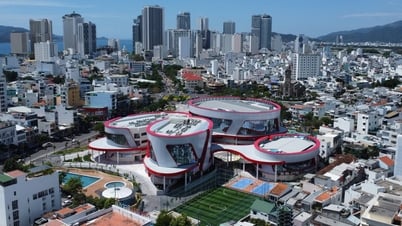


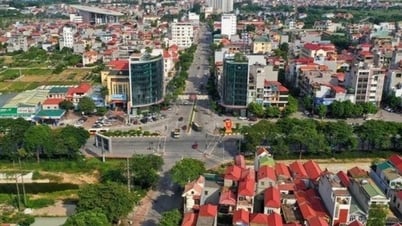













































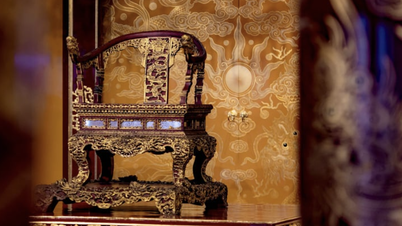
















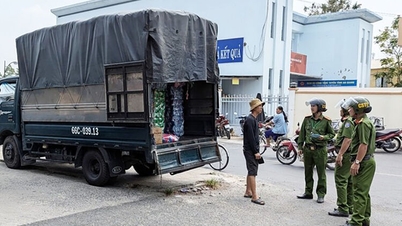









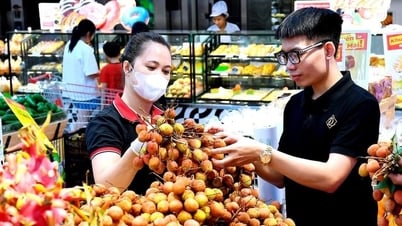







Comment (0)